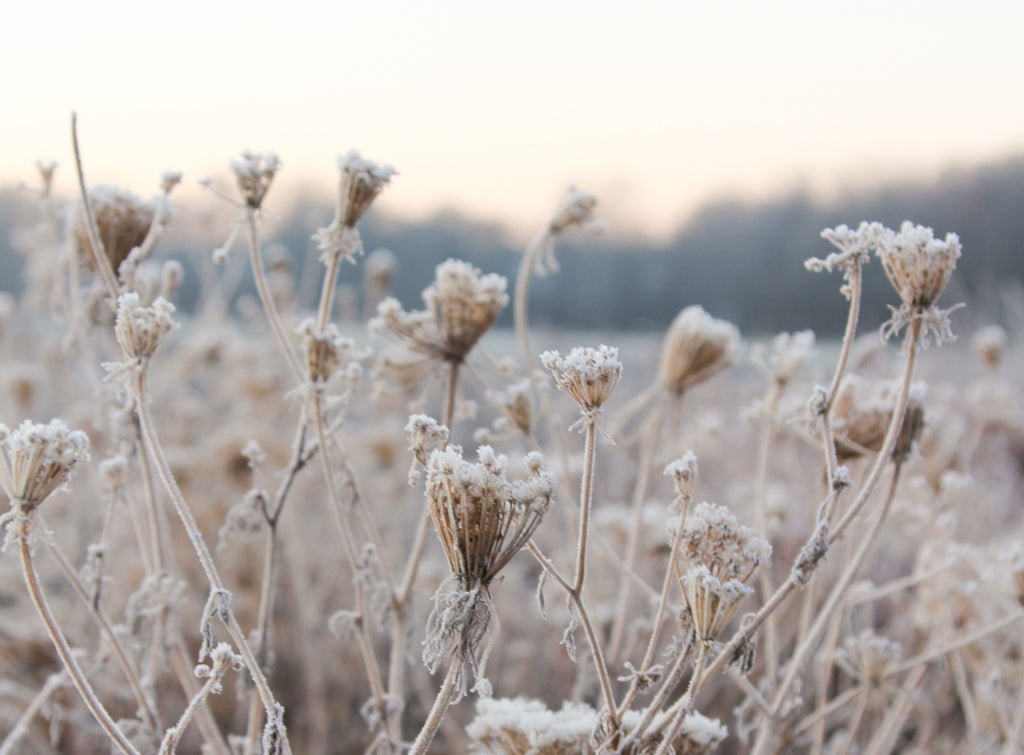
Verblühte Sommerblumen – natürliche Schönheit im Wandel
Wenn die Blütezeit sich dem Ende neigt, zeigt der Garten ein anderes Gesicht. Wo im Sommer Farben dominieren, treten jetzt Strukturen, Silhouetten und Licht in den Vordergrund. Viele Sommerblumen, die in voller Blüte Aufmerksamkeit verlangen, entfalten nach dem Verblühen einen ganz eigenen Reiz. ...
Continue reading
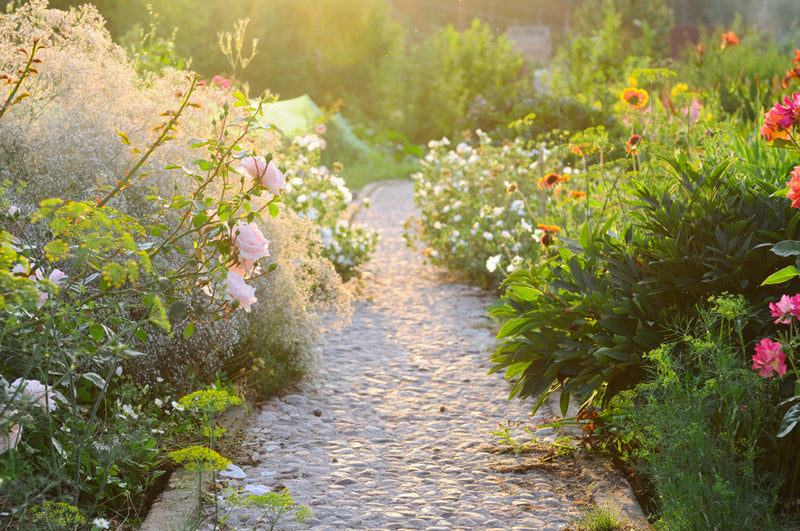
Walk along paths through the garden
"The journey is the destination," goes a well-known saying. This is especially true for the garden. Paths don't just lead us somewhere—they also structure the garden and emphasize individual situations.
Continue reading
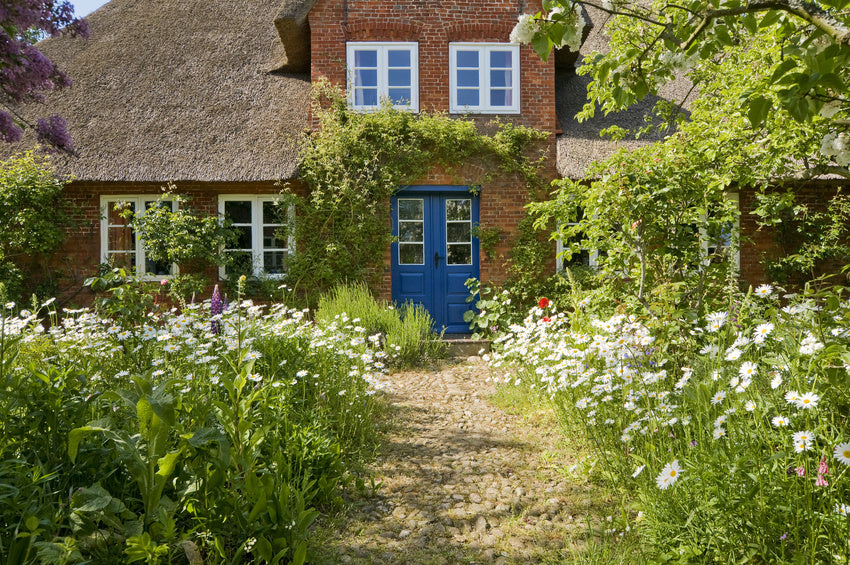
Front gardens – the first impression counts
A beautifully designed front yard is like a calling card for your home and garden. It reveals a lot about the preferences of the residents: Some have a romantic flair, others prefer variety, others prefer low-maintenance gardens, and yet others want a representative garden. This is usually a rela...
Continue reading
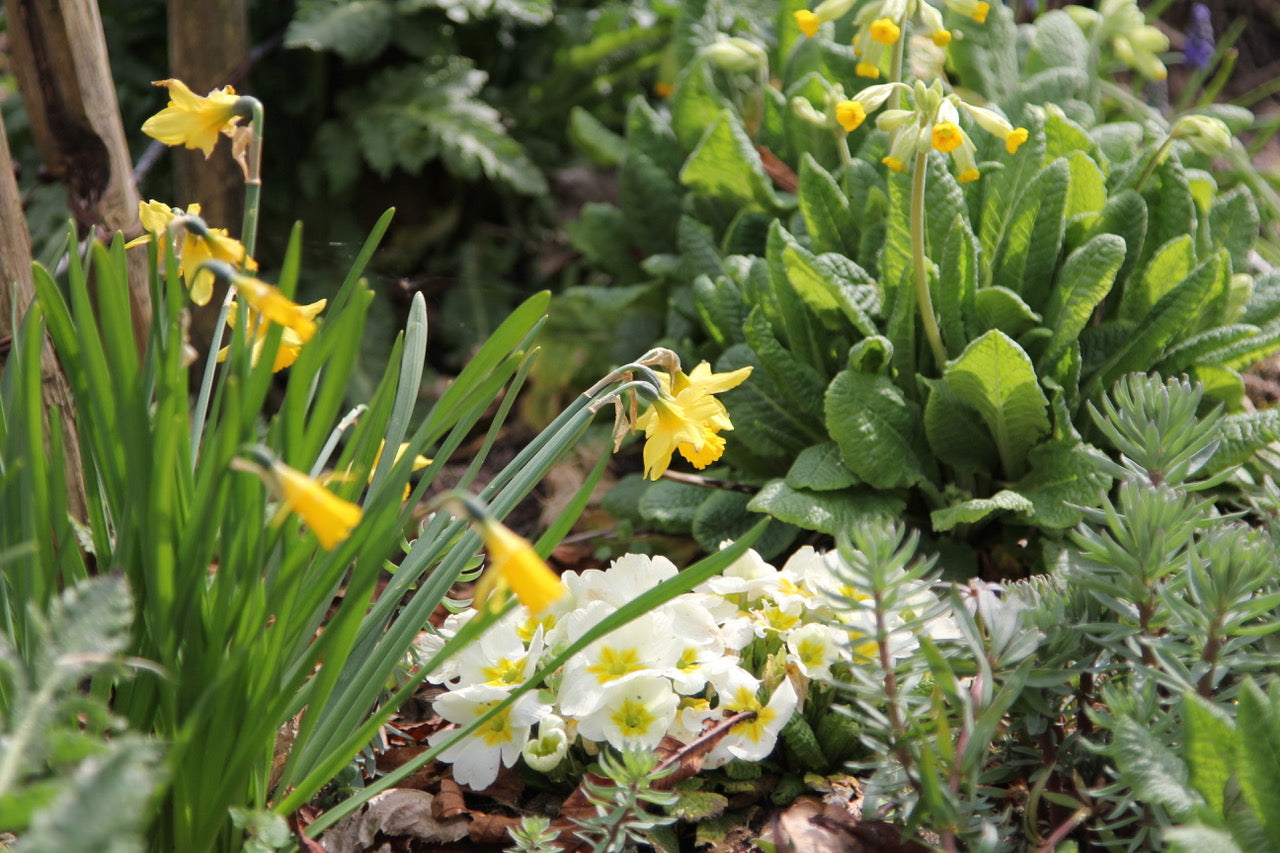
Perennials and bulbs
Bulbs and perennials can delight us with their diversity and abundance of blooms almost year-round. Svenja Schwedtke from the Bornhöved Perennial Nursery explains how to best combine these "beautiful" plants.
Continue reading
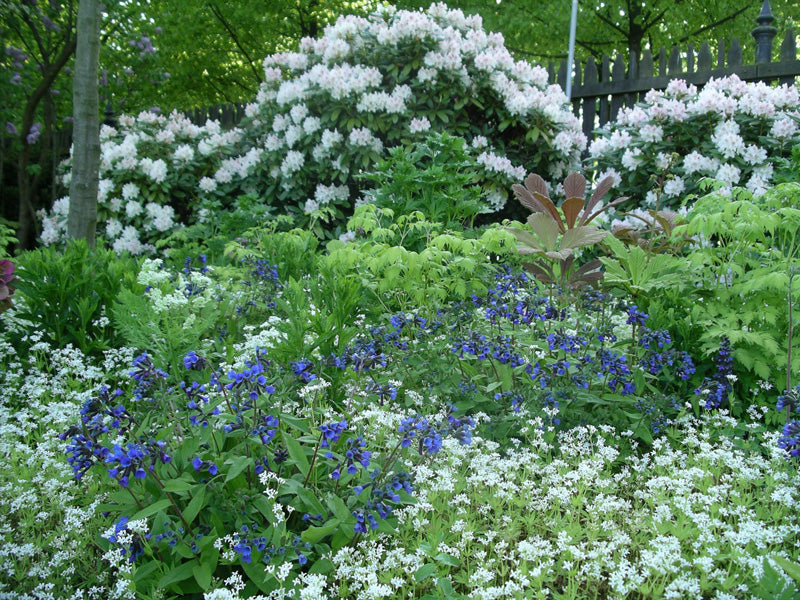
Perennials – the long-lasting ones
Some start over again, while others plant perennials. Landscape architect Heiner Luz explains what makes these perennial plants so valuable.
Continue reading
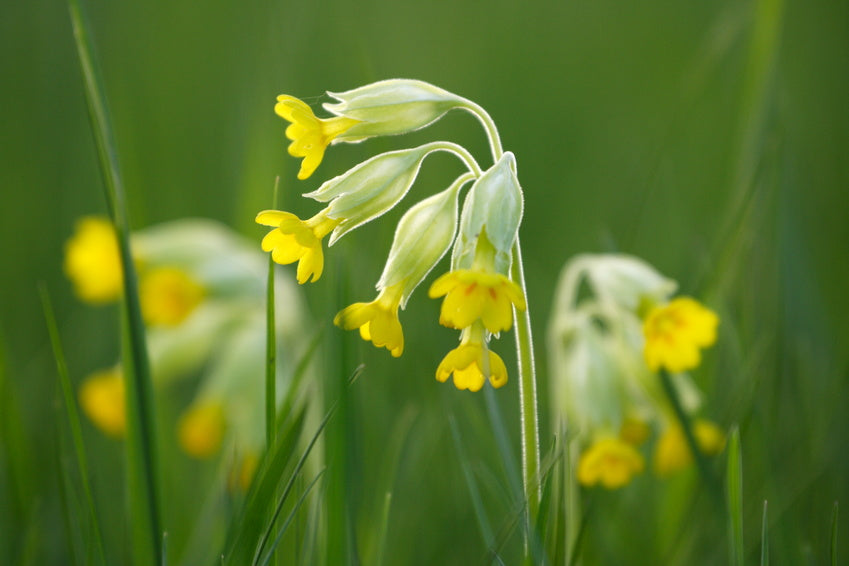
Design with native perennials
They bloom along roadsides, in meadows, and on embankments. Native perennials not only beautify our landscape; many species and their selections are also quite rightly finding their way into our gardens. "They bring a piece of nature into the garden," says Uta Kietsch. The horticultural technicia...
Continue reading
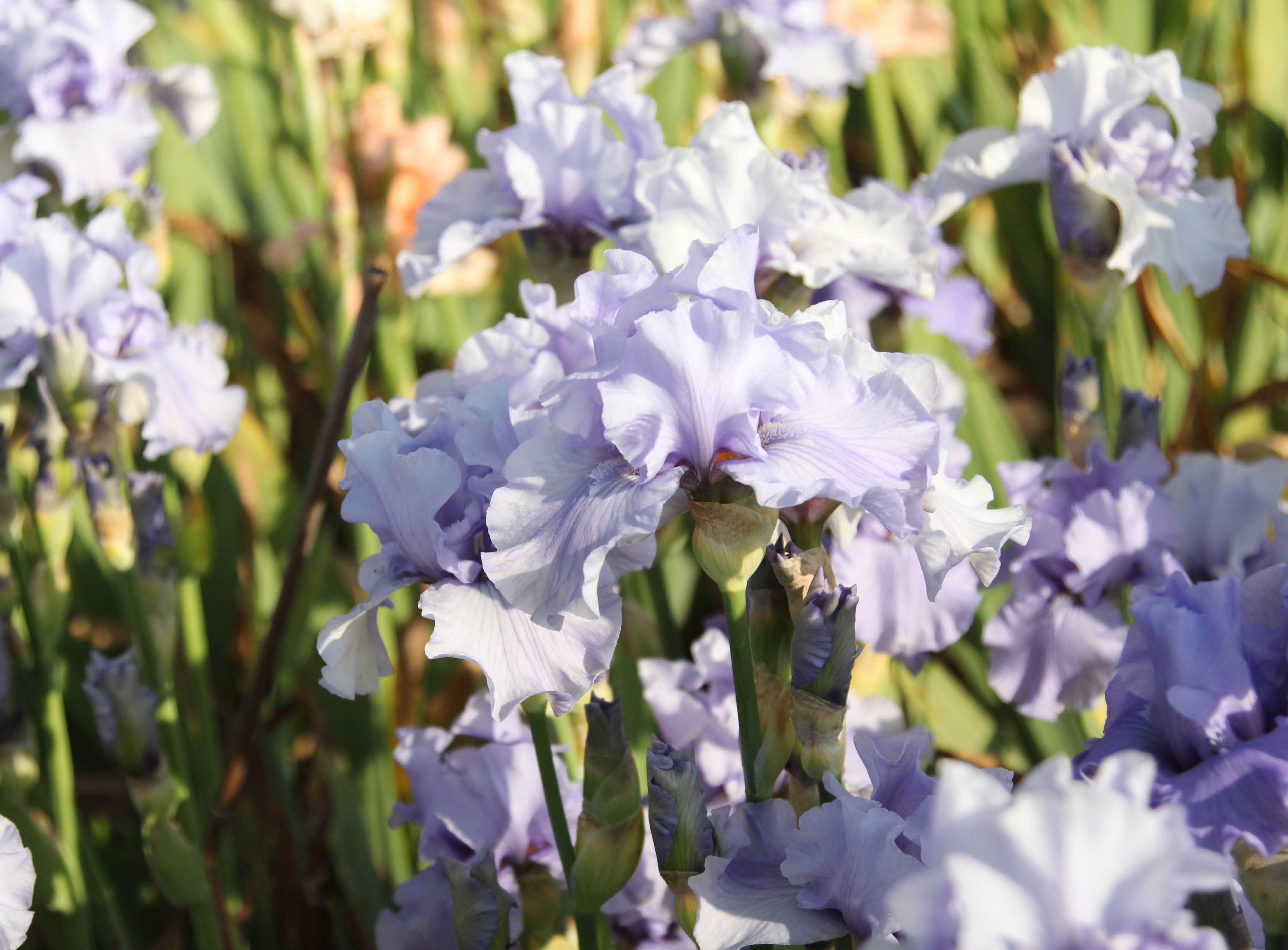
Iris – the flower of the rainbow
They can be unpretentious and pure or wrapped in opulent ruffles, enchanting as miniatures in pots or captivating as magnificent perennials in the flowerbed: Irises are so diverse that they would easily defend their title as the favorite plant of many garden enthusiasts, even in black and white. ...
Continue reading
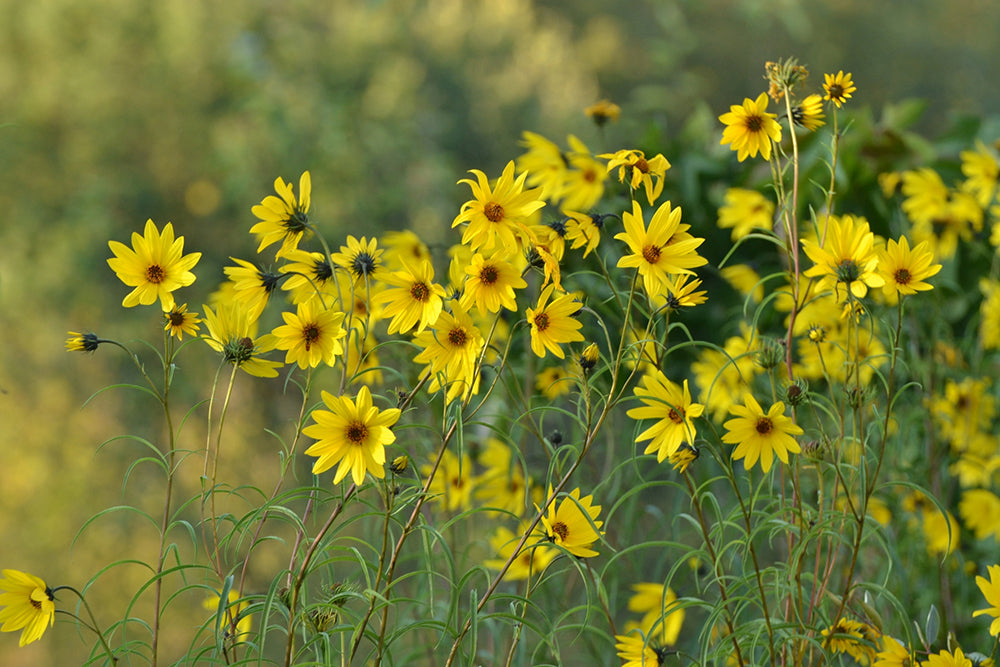
Large perennials: impressive and easy to care for
There are perennials whose beauty makes you want to kneel down – if only to be able to admire them properly. And there are specimens that simply leave you rooted to the spot and in awe: No one can resist the overwhelming splendor of man-sized perennial sunflowers (Helianthus), sneezeweeds (Heleni...
Continue reading
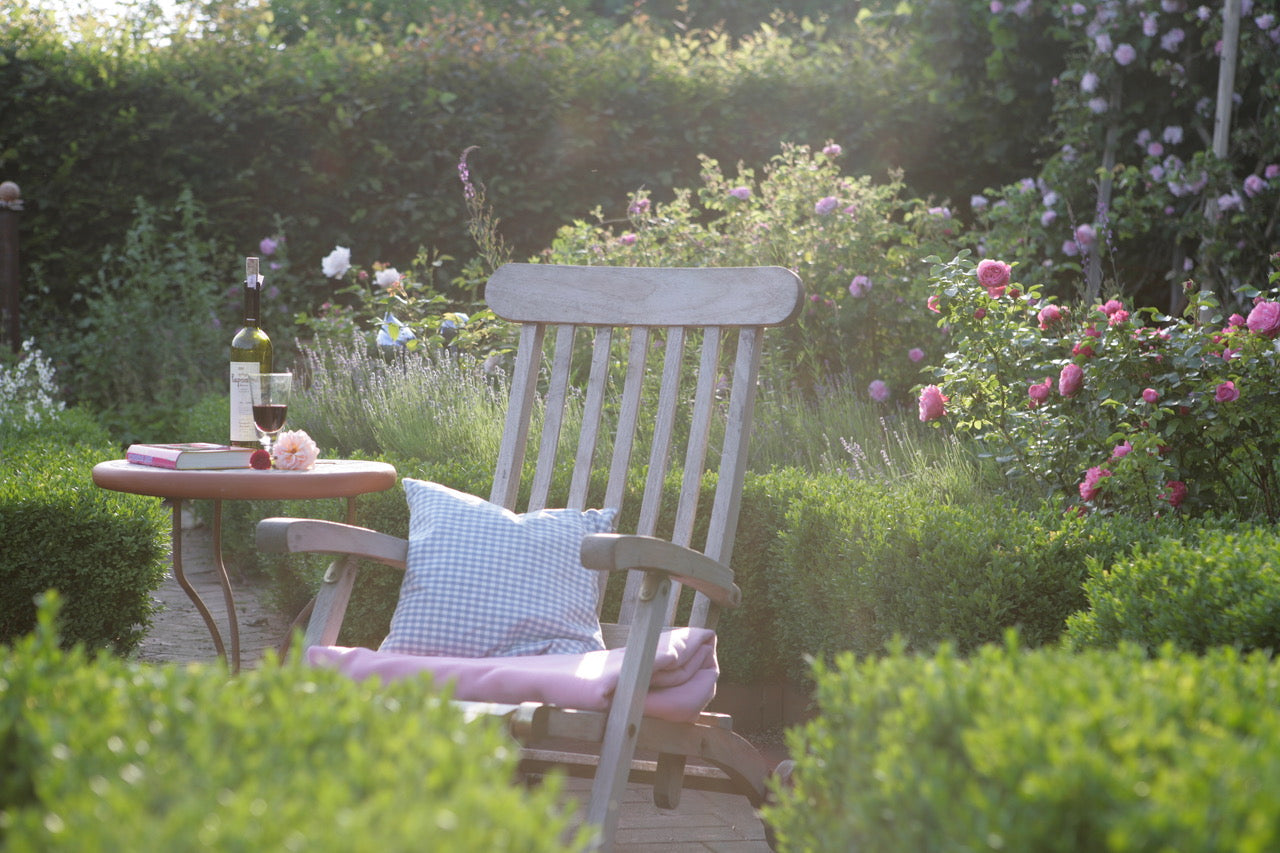
Garden romance
Romantic gardens are idyllic places full of surprises. Closing the wooden door, you leave everyday life behind and enter a place to enjoy and linger. A stream gently burbles, birds chirp, and the scents of flowers enchant our senses.
Continue reading
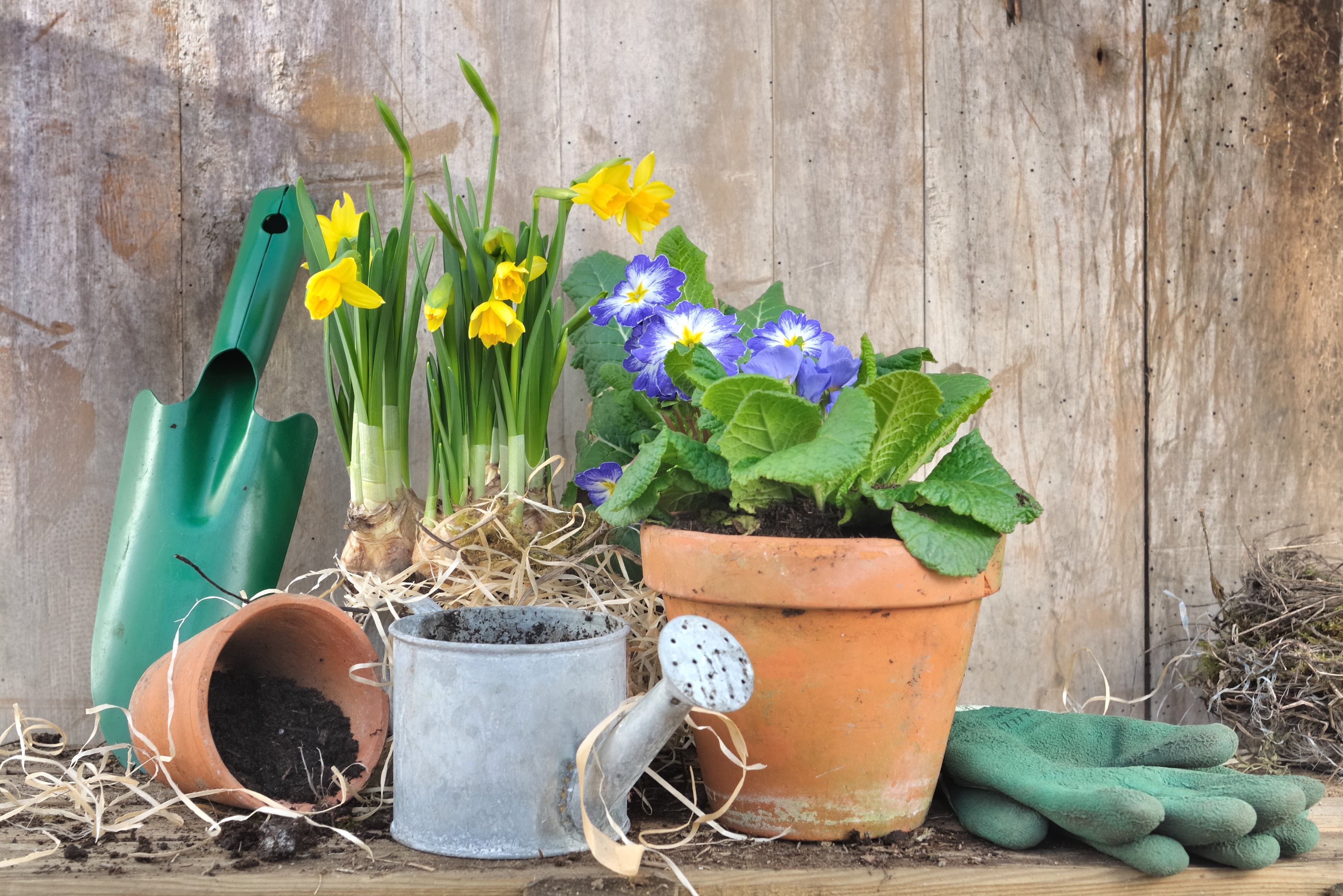
Spring in a pot
Those who spontaneously decide to create blooming spring impressions now can take full advantage of the colorful variety of pre-grown bulbs. They will shine brightly in pots and later in the garden.
Continue reading
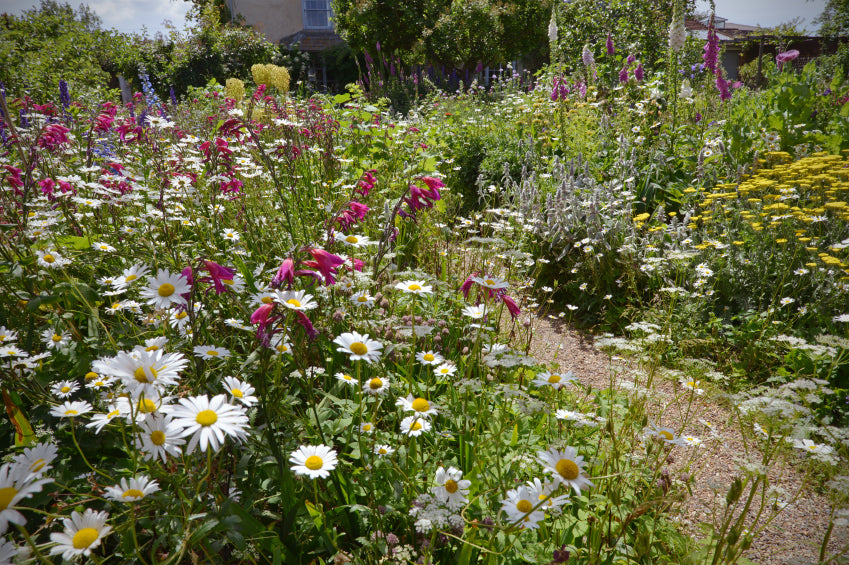
Cottage gardens
With the renewed desire for the countryside, cottage gardens are becoming increasingly popular here. They exert a special appeal due to their plant diversity and their blend of elegance and untamed wildness. These cozy green oases have a dreamy, nostalgic quality, and one associates them with old...
Continue reading
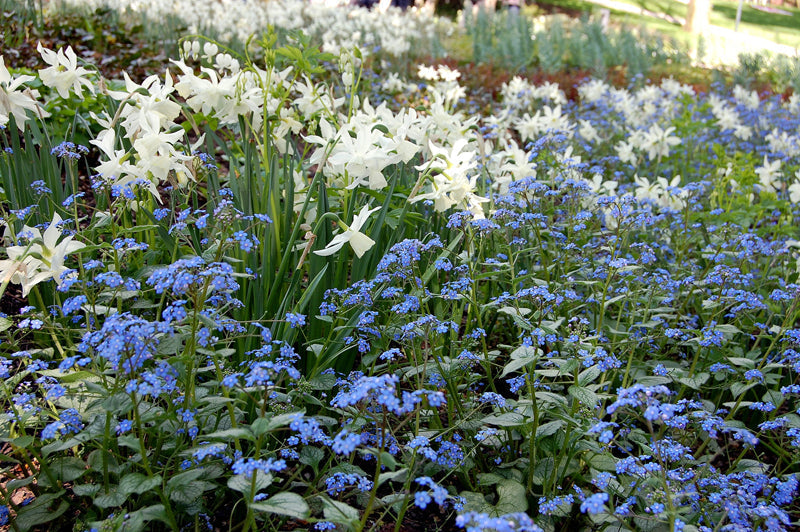
Flower combinations in white and blue
Whether as a sea breeze or as the epitome of white and blue coziness, white and blue simply go together perfectly and look equally good in romantic and modern gardens.
Continue reading
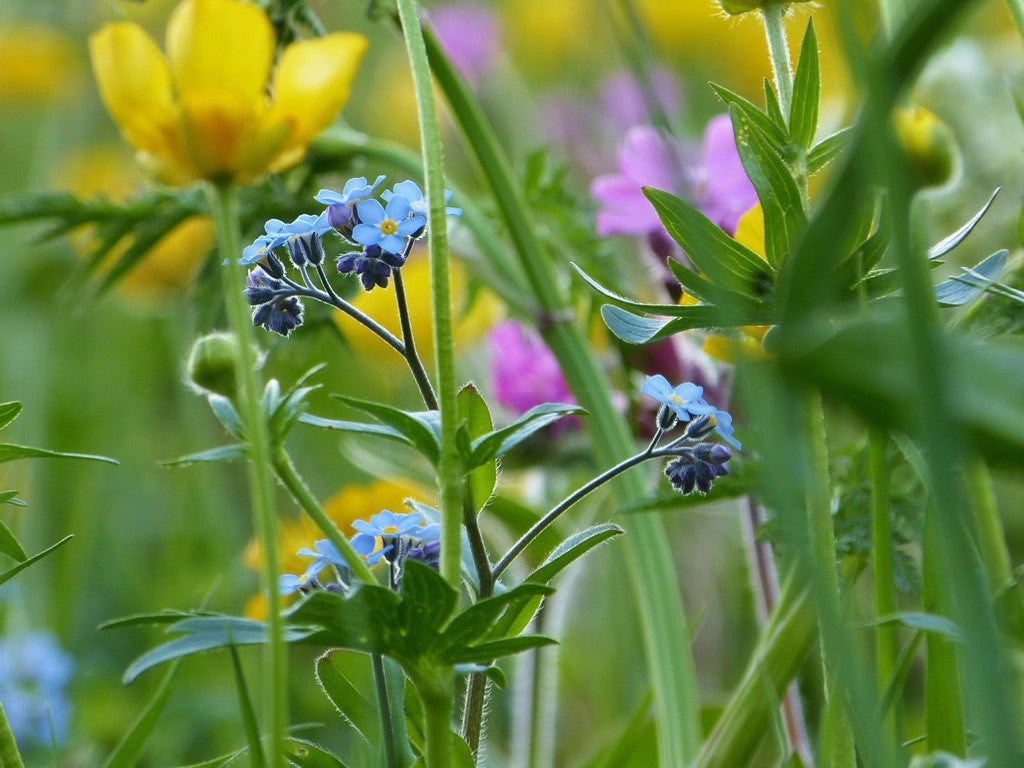
Flower meadows… some like it wild
...the dream of a wildflower meadow. If you like things colorful and natural, and love bumblebees, bees, and butterflies, you should try a wildflower meadow in your garden. It's a colorful alternative to the traditional lawn. And if you follow a few basic rules, you'll soon be enjoying your own w...
Continue reading
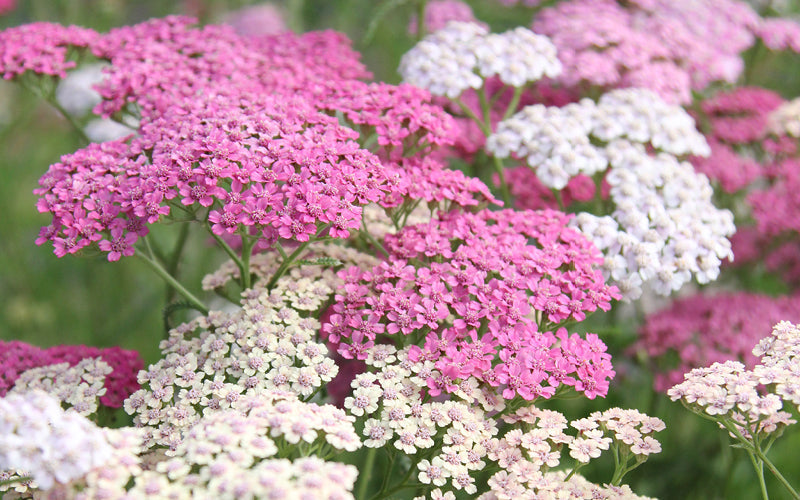
Bee-friendly perennials: autumn anemone, yarrow, scented nettle & Co.
If you love a vibrant garden or balcony, opt for a colorful mix of bee-friendly and long-blooming perennials. Especially in late summer, many plants once again display their full splendor – and their blossoms attract a variety of bees, bumblebees, butterflies, and other beneficial insects. Wheth...
Continue reading

We plan and design a tulip bed
To ensure the first splashes of color appear in the garden early in spring, you should start planning and designing your tulip bed in the fall. A tulip bed will be particularly beautiful and robust if you plant several varieties of tulips, rather than just one. We'll show you how to create a dist...
Continue reading
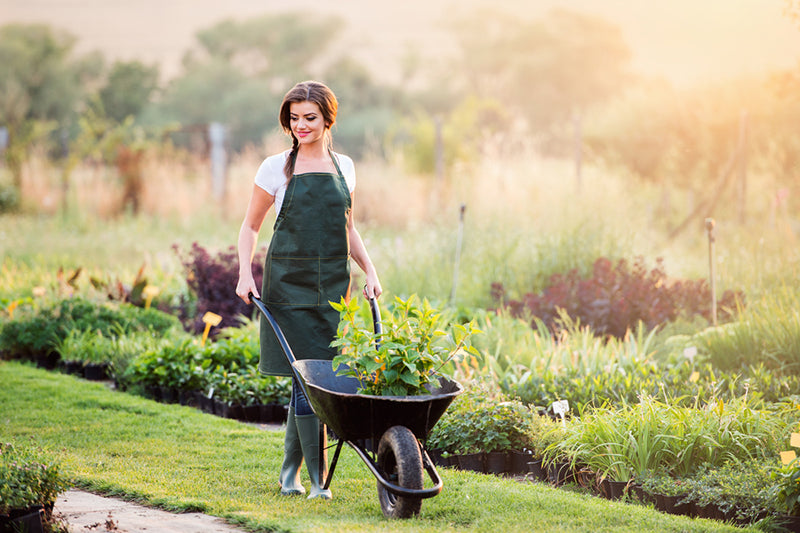
What grows where?
The garden is a cultural space in which we work with living materials – plants. An understanding of nature's numerous habitats helps us design our garden spaces.
Continue reading
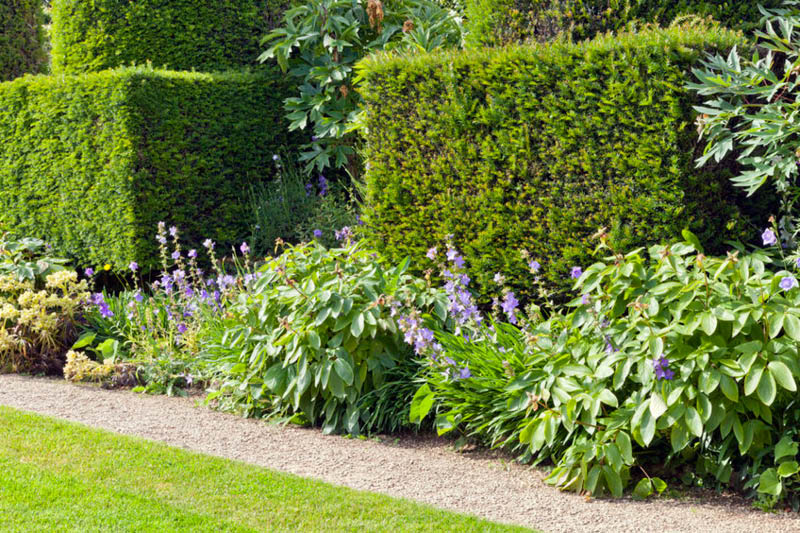
Evergreen as a backdrop
Evergreen isn't always green. We'll show you how delicate flower clusters, slender foliage, and picturesque growth forms only really come into their own when the background is consistently calm. Evergreen plants prove indispensable for this task.
Continue reading
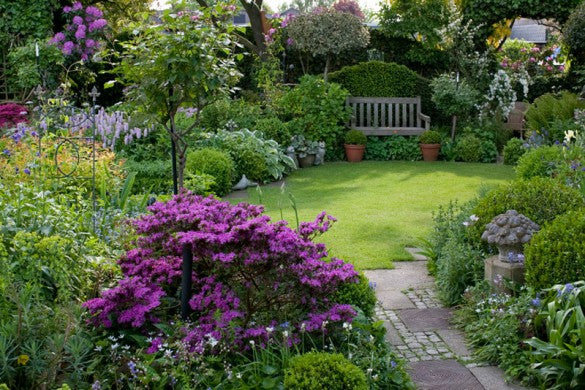
Ideas for small gardens
In her book "Big Ideas for Small Gardens," Gartenzauber editor Victoria Wegner presents great ideas for small gardens based on 10 gardens ranging from 100 to 350 square meters. She not only demonstrates how diversely they can be designed, but also shows how to create more space in a small space. ...
Continue reading
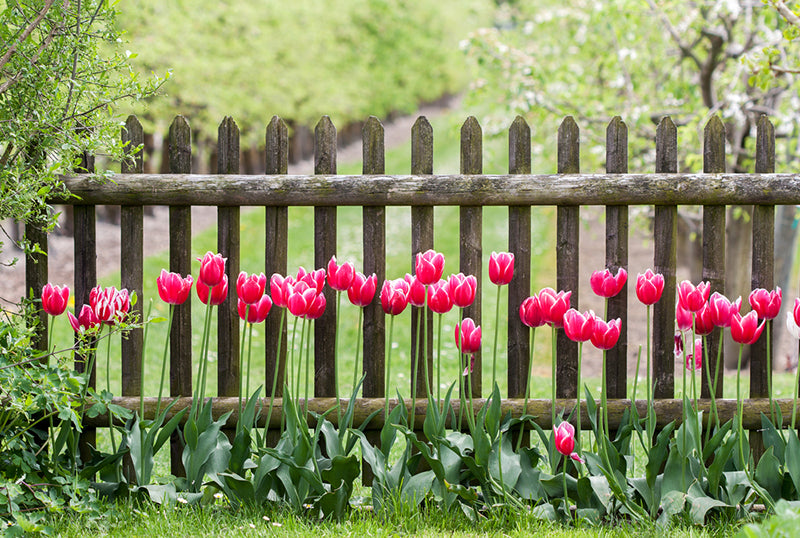
Garden boundaries – hedge, wall or fence?
No one wants to feel confined and trapped. At the same time, the property and garden should provide a safe haven for privacy and security.
Continue reading
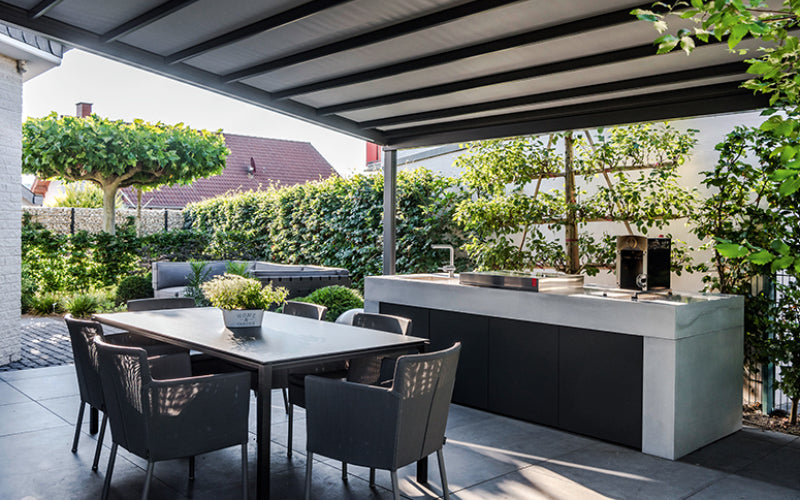
Living outdoors
When the weather's good, it's simply the best outdoors. Outdoor kitchens and comfortable lounge furniture are a great way to extend your outdoor time. We're introducing you to a truly elegant option for outdoor living.
Continue reading
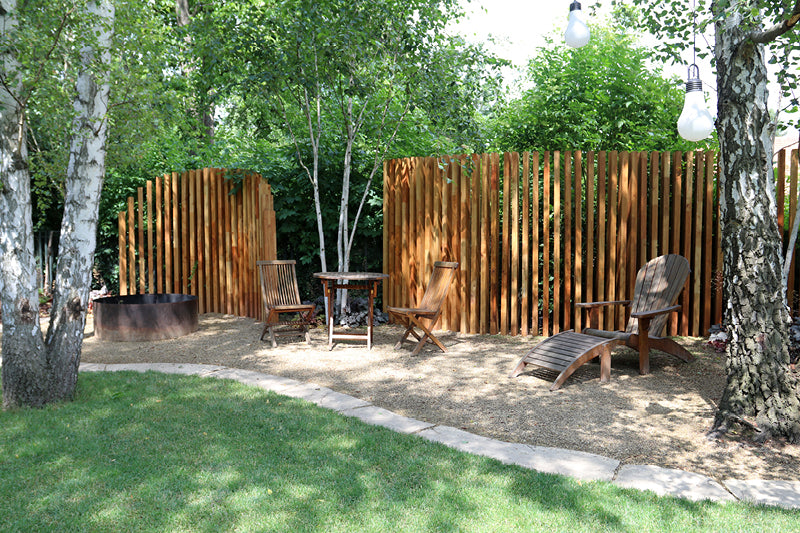
DIY Beautiful privacy screen built by yourself
Anyone can have a standard wooden fence in their garden, but not a homemade privacy screen! We'll show you how to build a beautiful privacy screen that dispenses with rigid posts and support frames, instead creating a light and harmonious effect from individual horizontal boards.
Continue reading
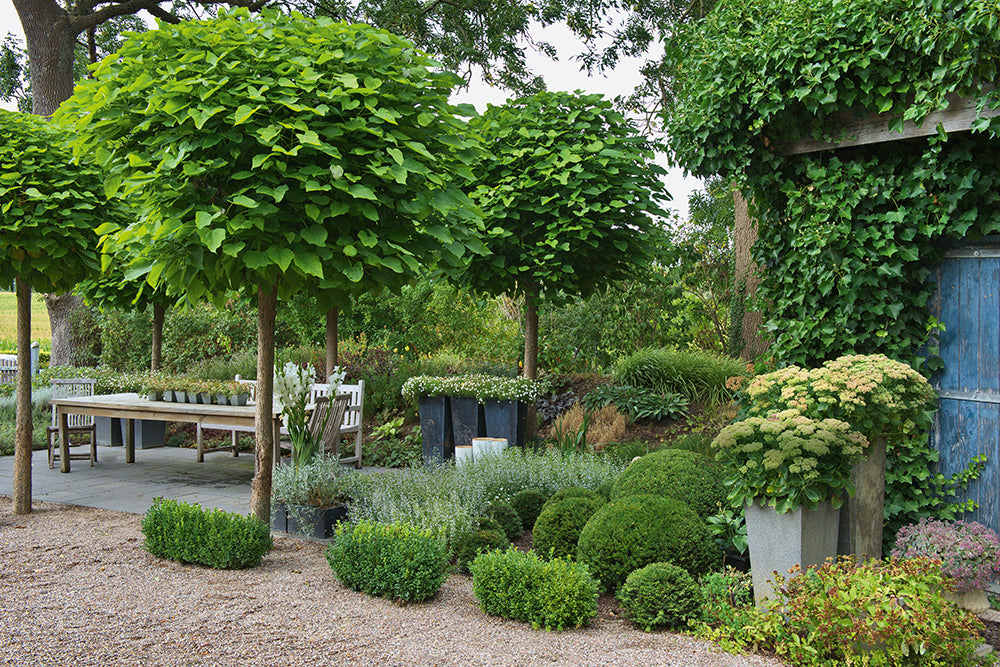
The house tree… which one would you like?
A house tree can do much more than just add a little greenery to your home. If you look for the specific qualities you value in a tree, you'll quickly find your favorite. It has to be the right tree, but finding one requires clarifying a few questions beforehand. First and foremost, the house tre...
Continue reading

The anti-authoritarian garden
An anti-authoritarian garden – is that even possible, or isn't it a contradiction in terms? And what does it entail? Such a garden is beautiful, ecological, and time-saving.
Continue reading
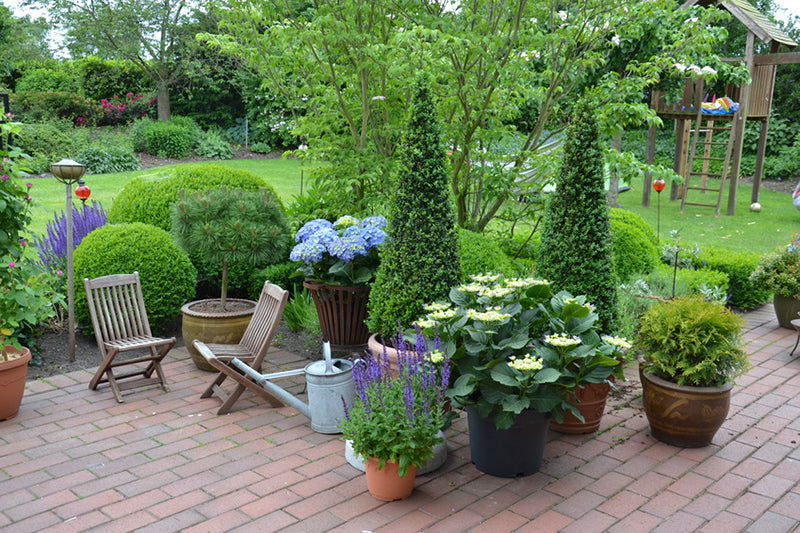
Permanent planting on the balcony
If you don't want to replant your balcony every year, permanent planting with perennials and shrubs is the solution. Most perennials also grow in containers.
Continue reading
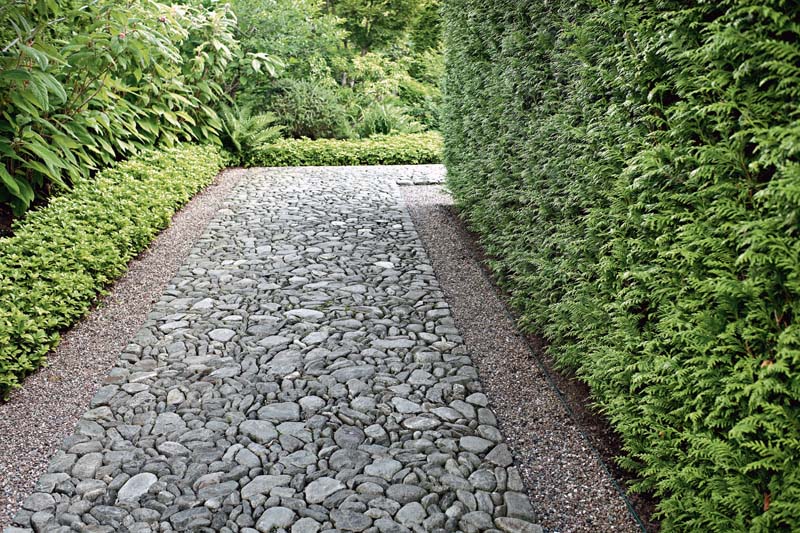
Gravel – simple, elegant and timeless
For centuries, gravel has been the first choice of all types of surface for spacious parks and extensive paths or squares around castles.
Continue reading
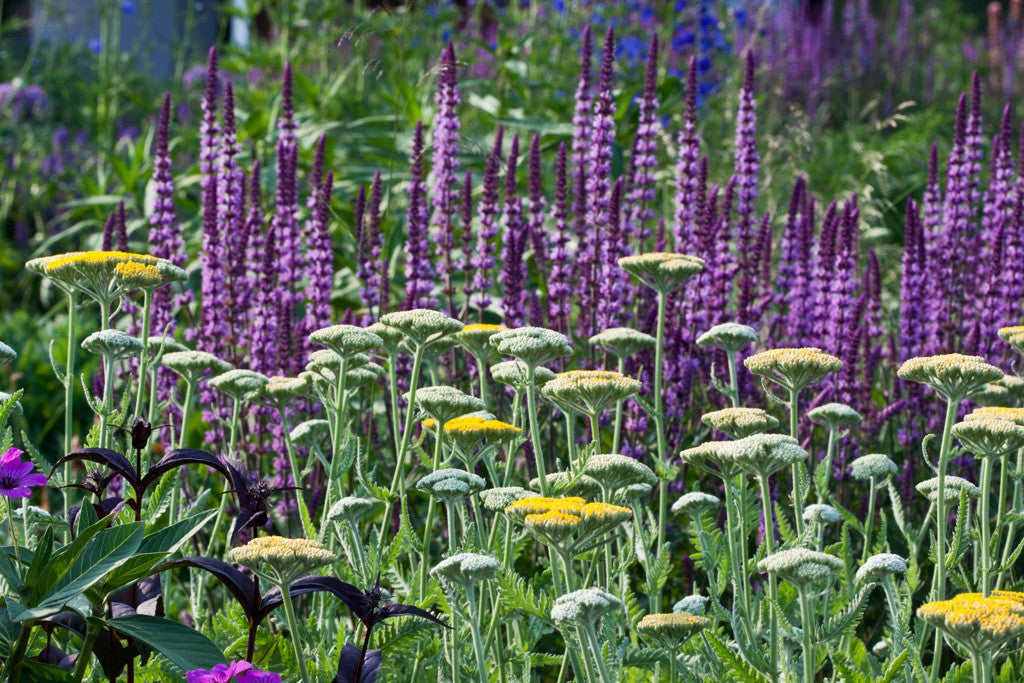
Color and shape contrasts in the perennial bed
"Opposites attract" – as the saying goes. Day is followed by night, rain is followed by sun, light and shadow alternate. The world thrives on opposites that together form a harmonious whole.
Continue reading

Summer flowers in the perennial bed
Annual summer flowers extend the blooming season in perennial beds and are simply fun to grow. We present you the most beautiful ones!
Continue reading
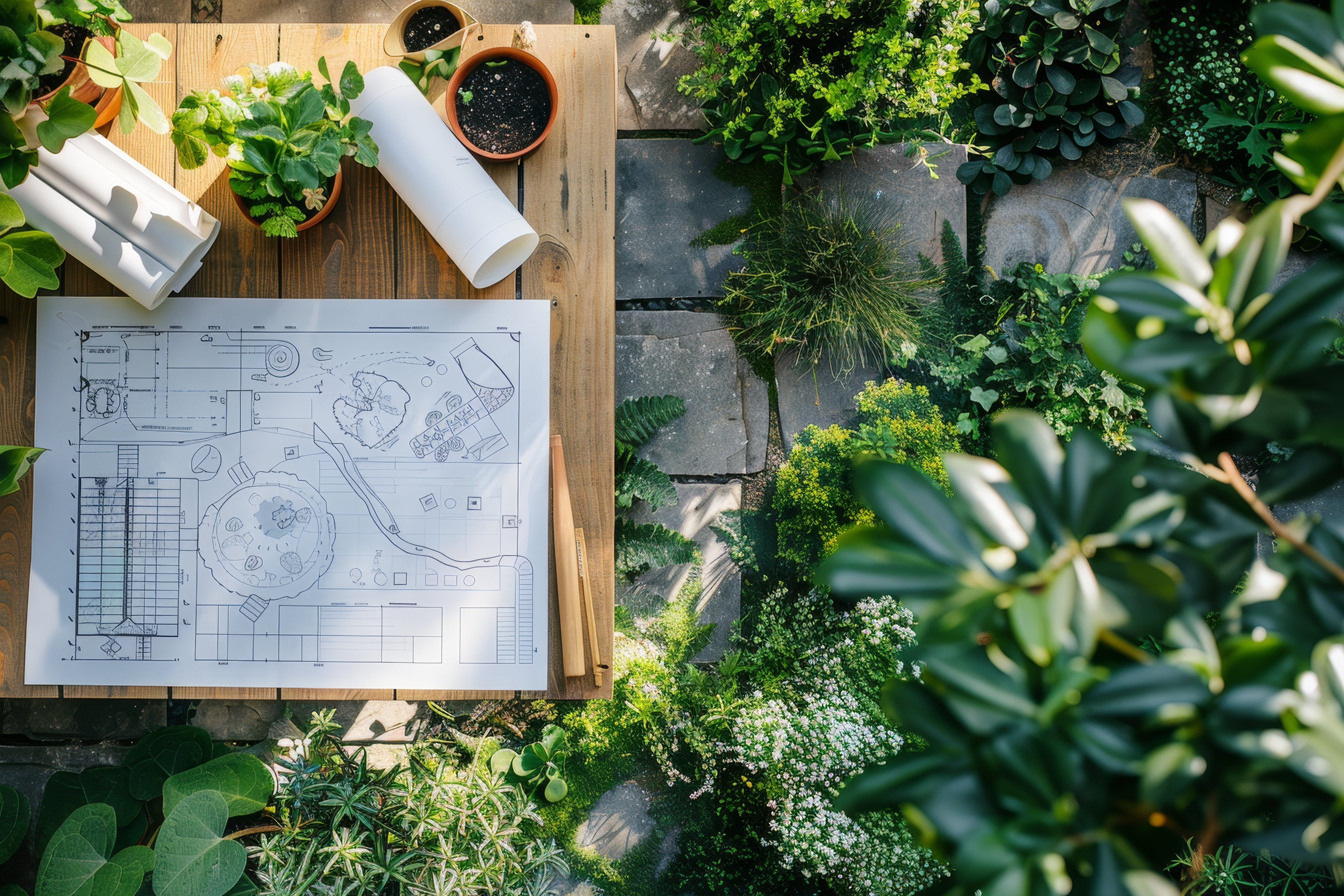
1 x 1 of bed design
Who doesn't dream of a successful perennial border? Expressive or harmonious plant arrangements don't happen by chance. A "border"—as the English call their flower beds—is usually the result of careful planning. With a few basic design rules, which are also used by professionals in the gardening ...
Continue reading
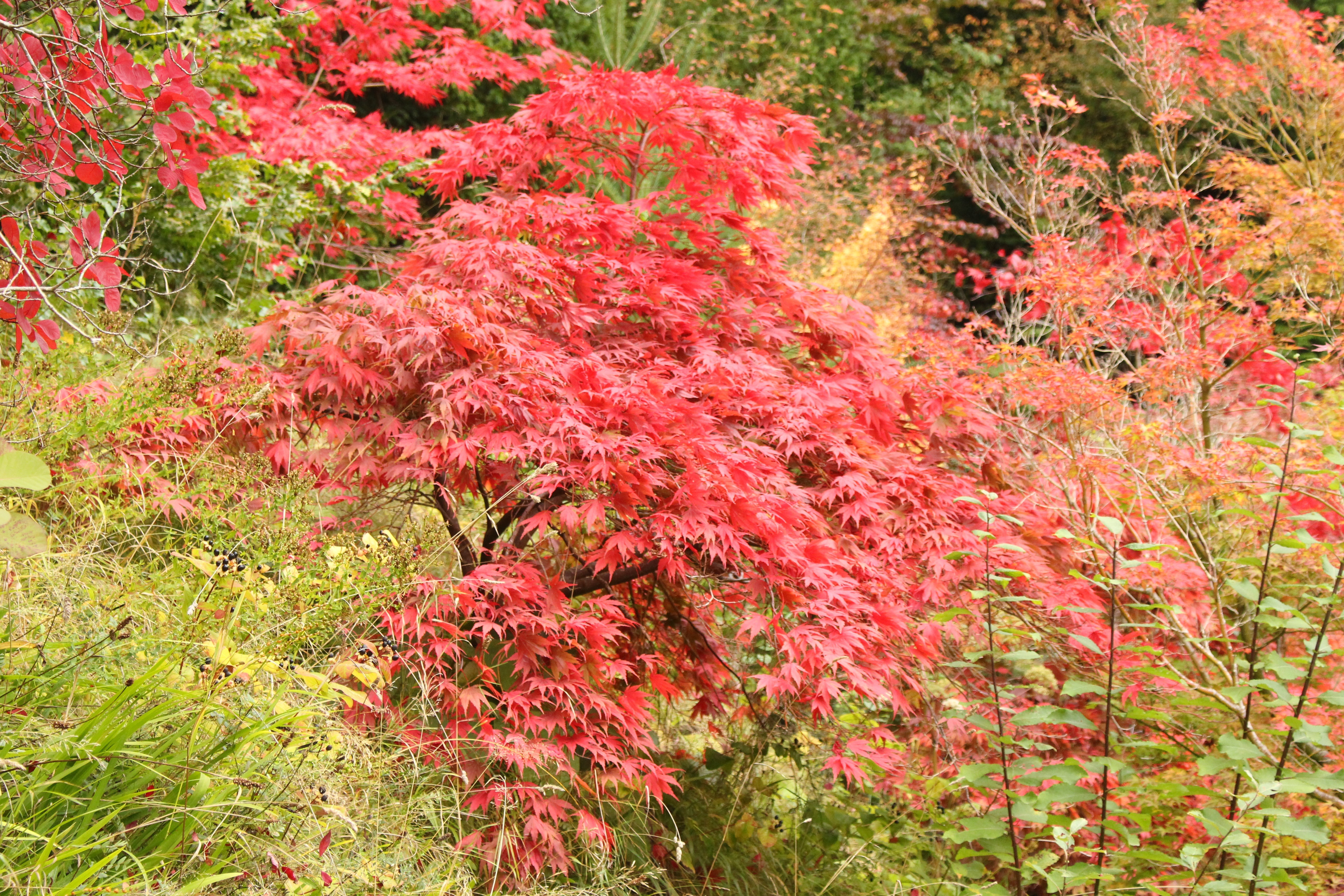
Asian flair
Are you looking for an unusual ornamental tree for your individually designed garden? Then the small-crowned Japanese maples are a great choice. As a special treasure among ornamental trees, they meet this requirement and lend your garden an exotic flair.
Continue reading
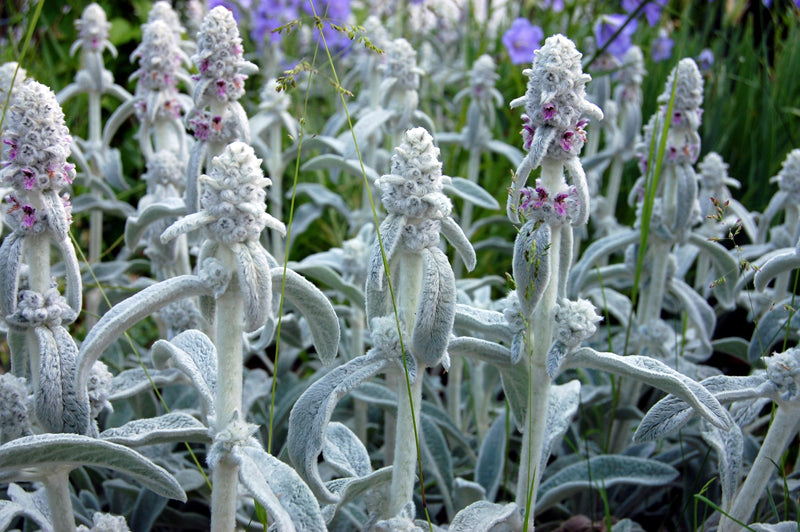
Silver tones in the garden
They are the color all-rounders among perennials – plants with silvery leaves or flowers. They adapt to other plants, mediate, connect, and blend harmoniously into a planting. In both architecture and gardens, a certain trend toward simplicity, reduced material choices, and the colors gray and wh...
Continue reading

A garden for fireflies
On warm summer nights from June to September, with a little luck, we can observe the glow of fireflies. We'll tell you how to attract them to experience the light show in your own garden.
Continue reading
